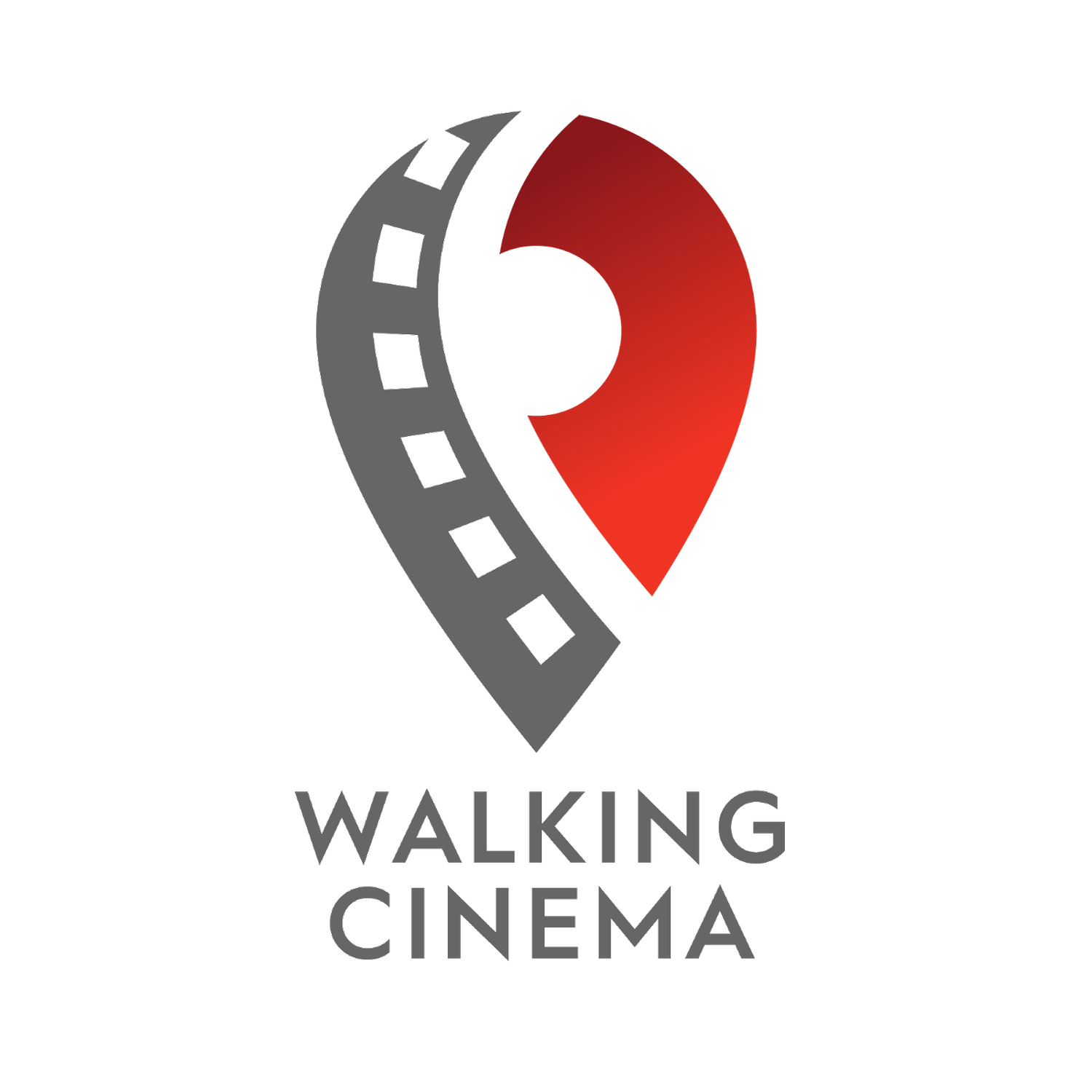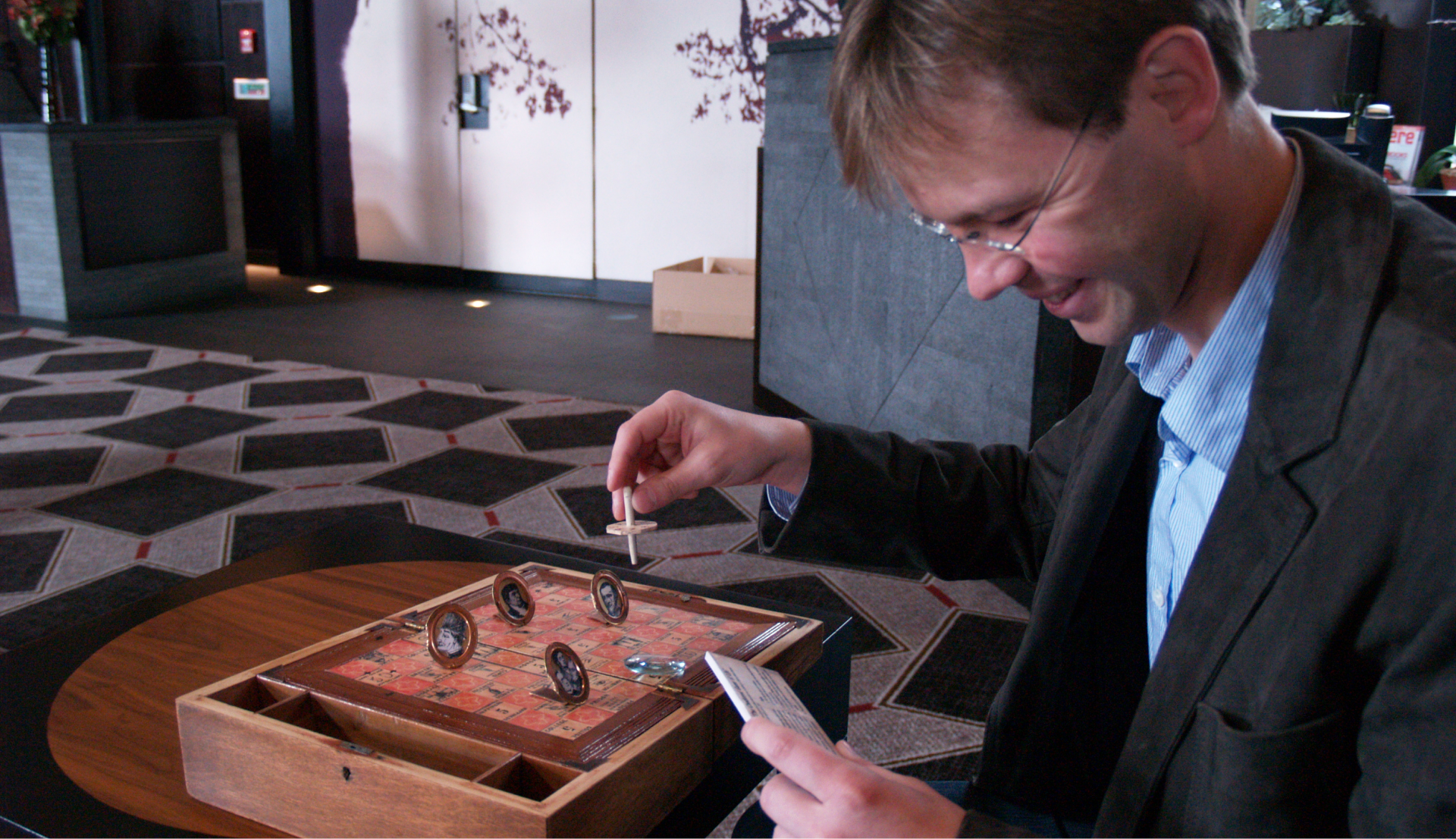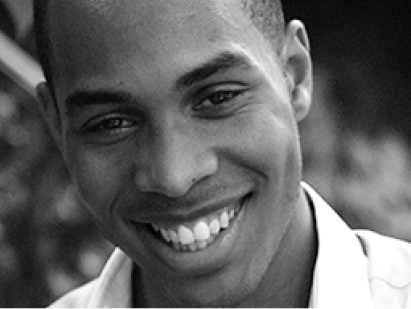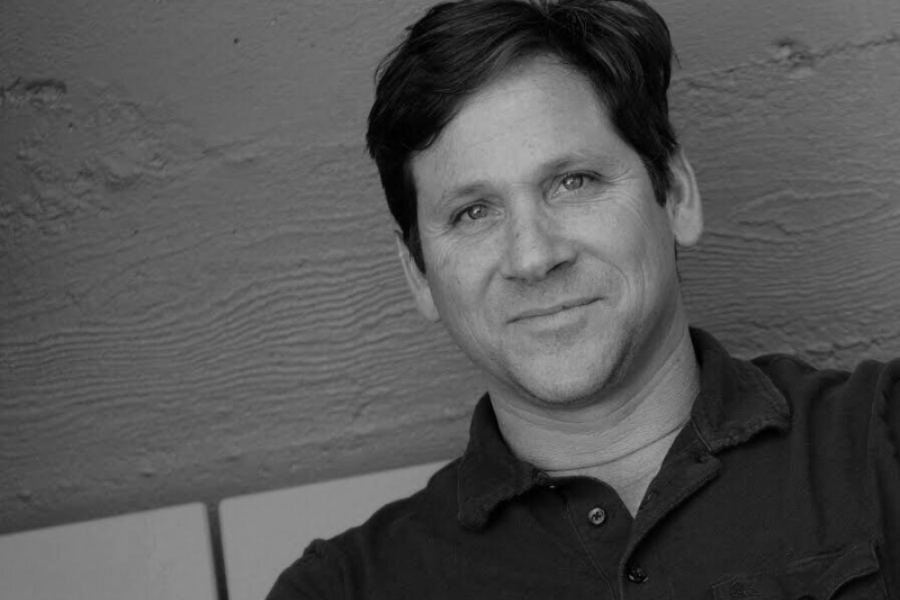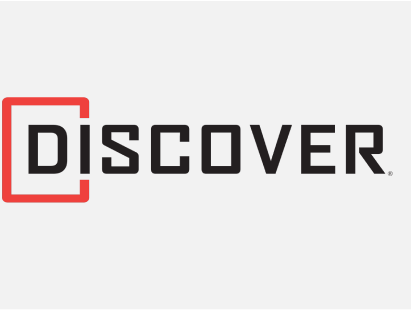An unsolved crime involving a Harvard professor, the richest man in Boston, and America’s first detective unit.
This project was the first “adaptation” of a media property to a location-based experience. In 2004, Michael Epstein saw the film “Murder at Harvard” on PBS. It was all about a crime in the 1840’s that became like the OJ Simpson trial of the 19th Century. All the events–the crime scene, the living quarters, the jail, the courts building–were in one neighborhood. Thus the location-based adaptation came to be known as “Murder on Beacon Hill.” The project became an international sensation after it won an award in the Boston International Film Festival, heralding an age in which apps and cinema started a dialogue that is still evolving. The Guardian noted that the screening of the app in a film festival opened up the possibility of entirely new cinematic category: “That this is a landmark moment is indisputable.
If it's not quite the Lumière brothers at the Grand Café in 1895, it will at least be a night to recall once the inaugural Oscar for Best Original App is handed out.” It won the “Best of Boston” award from the Boston Globe and had thousands of downloads in its first few weeks. It now stands as a seminal project for the company, guiding future projects in how to “script with the landscape,” incorporate actors into nonfiction storytelling, and embed physical installation into the tour experience to heighten the interpersonal and tactile components of a digital tour.
Produced in partnership with Spy Pond Productions, Massachusetts General Hospital, The Liberty Hotel, Black Ink, Blackstone’s of Beacon Hill, Appalachian Mountain Club, Harvard Musical Association, and the Center for Independent Documentary.
Impact
First app to win an award in a film festival, the 2008 Boston International Film Festival.
Over 10,000 downloads in the first month. Wide coverage in popular and technology-oriented journals.
First “location-based documentary” featured in academic journals and international press such as the Corriere della Sera, Wired Magazine, and MIT Technology Review
Became a model project for the National Endowment for the Humanities Digital Projects for the public program
About the Experience
Installations, Partnerships, and Actors
Walking Cinema loves the concept of continuous innovation, both in the technical and narrative ways we work. Story-wise, “Murder on Beacon Hill” was a mix of cinematic audio and video that puts audiences in the role of trying to solve two crimes: the literal whodunnit and the more abstract problem of figuring out how the accused and the victim were reflections of each other. From stop to stop, the walkers become co-creators of a dossier on each character, determining where they feel guilt lies.
And to help them in this process we upped the amount and depth of installations along the walking route: a gothic pop-up book detailing the crime scene, a puzzle with a hidden message, a morality board game highlighting each character’s motivations. In addition to these carefully crafted objects, we crafted interactions with “helpers” along the route: a concierge, shop clerks, and non-profit personnel.
These tactile, personal experiences combined with the handheld digital experience created a healthy tension between transporting yourself back in time and being engaged with the world around you.
Technology
The tour was the first iPhone app we created and it hit the App Store in a time when the question of “Why Download an App?” was still currency. This app filled a gap in the App store between gaming and media players. It was part of a new breed of mobile content that was very conscious of its form factor, of the audience experiencing the media through their mobile devices in a very specific place. It also was a pioneering app in the field of spatial computing, trying to answer some of the questions Google Glass and Apple Vision Pro would bring up a decade later: how can mobile content be sensitive to audience surrounds? How can it make us more social and not cut off from the rest of the world? We solved this through local partnerships and careful UX design.
GPS
Audio Tour
Media Sample
This clip shows how mobile video links the story to the audience’s surroundings. Here the narrator points out some old pilings in a shaft on the Massachusetts General Hospital campus. The video then locates these pilings as part of the Old Medical College where body parts were found in the laboratory of a Harvard Professor a few days after the disappearance of Dr. Parkman. The mix of archival footage and actual remnants of the crime scene upped the sense of discovery and relevance .
Animation and Video Editing by Laura Piraino
Written by Michael Epstein
Performed by Alexandra MacDougall
Photo Gallery
Awards
Boston International Film Festival
Indie Spec Award
NEH Digital Humanities Start-Up
Grant Winner
Talent
Alexandra McDougall, Narrator
Alex is a multi-faceted voiceover artist, actor, and production manager. She currently reside in Salem, MA with her happy family and lovely dogs.
Paul Logan, Jr, Voice Actor
Paul is an actor and comedian who contributed many of the background voices for the production.
Production Team
Michael Epstein, Writer & Director
Michael is a journalist and professor at the California College of Art. He wrote, directed, and co-produced the audio. He is currently a Reynolds Journalism Institute fellow.
Sasha Mandel, Soundtrack
Sasha is a sound designer with a passion for interactivity and deep listening. He mixed the audio for this tour and created the soundscapes you hear throughout the experience.
Eric Stange, Executive Producer
Eric is a writer, director and producer of documentary films and television programs on history, science, and technology. He advised the production and helped with fundraising.
Laura Sylvia, Animation & Video Production
Laura is an award-winning animator and storyteller. She did all of the graphic and AR design for the app.
Caitlin Mailly, Graphic Designer
Caitlin is a graphic designer and web designer. She created the marketing materials, installations and website for the project.
Michael Born, Map Animation and Renderings Born Illustration, Inc.
Michael Born is an illustrator and 3D designer. He created the video fly-ins at the start of each chapter.
Press & Articles
The First Film Made for the iPhone
The torture of seeing films intended for 30ft cinema screens being squeezed into a 2.5in space has done nothing to deter millions of iPod users from downloading those burnt...
First iPhone App to Feature in a
Film Festival
It’s quick-paced, full of juicy details, and, to our knowledge, it’s the first location-based application to screen at a film festival...
Handheld History: Murder on
Beacon Hill
Michael Epstein calls the project a “transmedia” extension of the original film. “The idea wasn’t to just reuse the film,’ he says, “but to extend the story...
Walking Cinema: Murder on Beacon Hill
The application is a mixed-reality storytelling experience, combining a roughly one-mile walk with audio, video, a live map…
With “Murder on Beacon Hill” iPhone App Debuts at BostonFilm Festival
As far as anyone knows, it’s a first in movie history, a location-based iPhone application has been accepted as an entry at a major film festival…
Walking Cinema: Murder on Beacon Hill
PBS film becomes experiential history in Boston's Streets…
